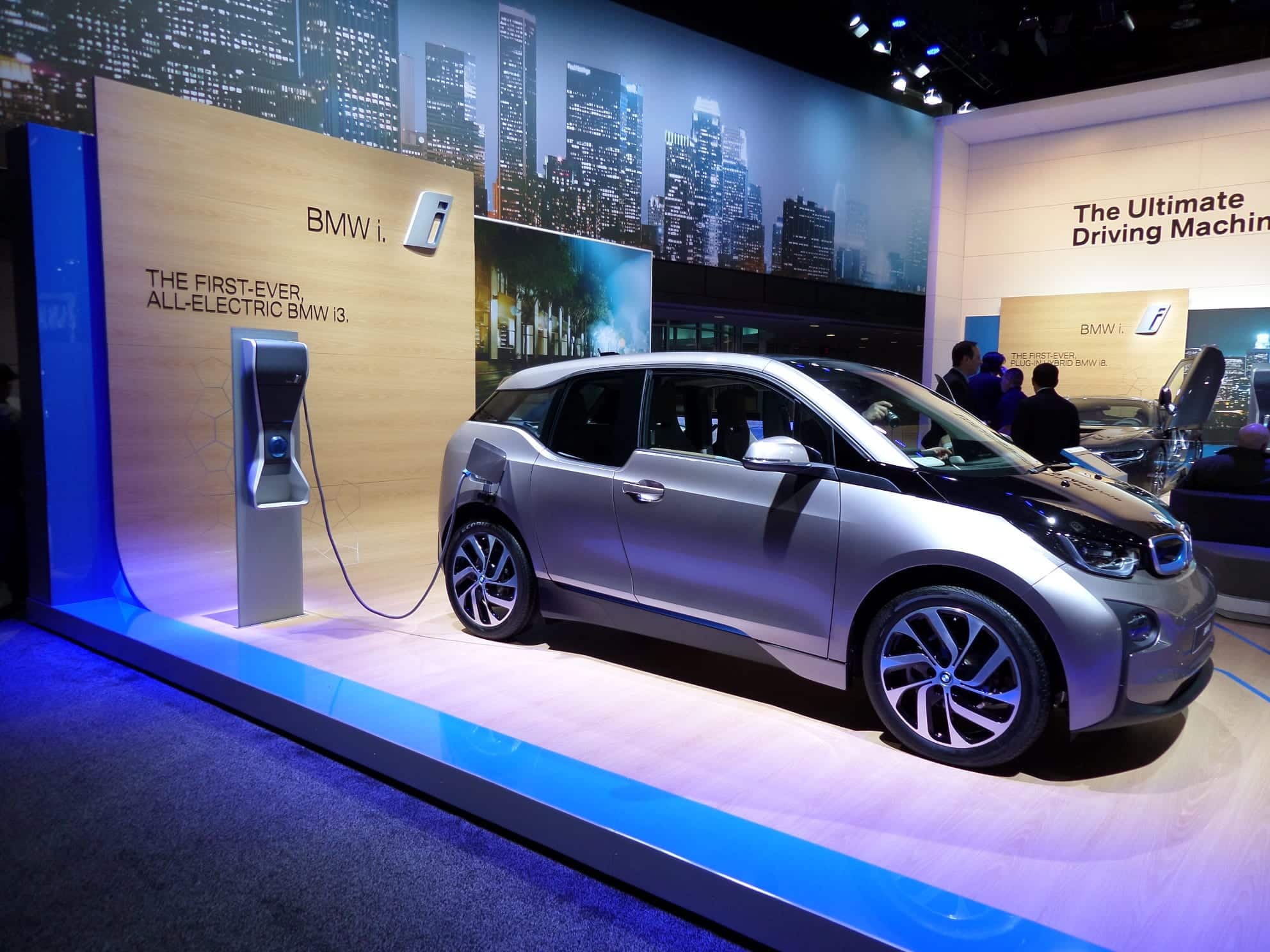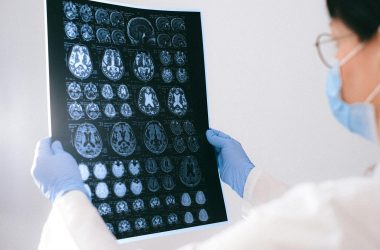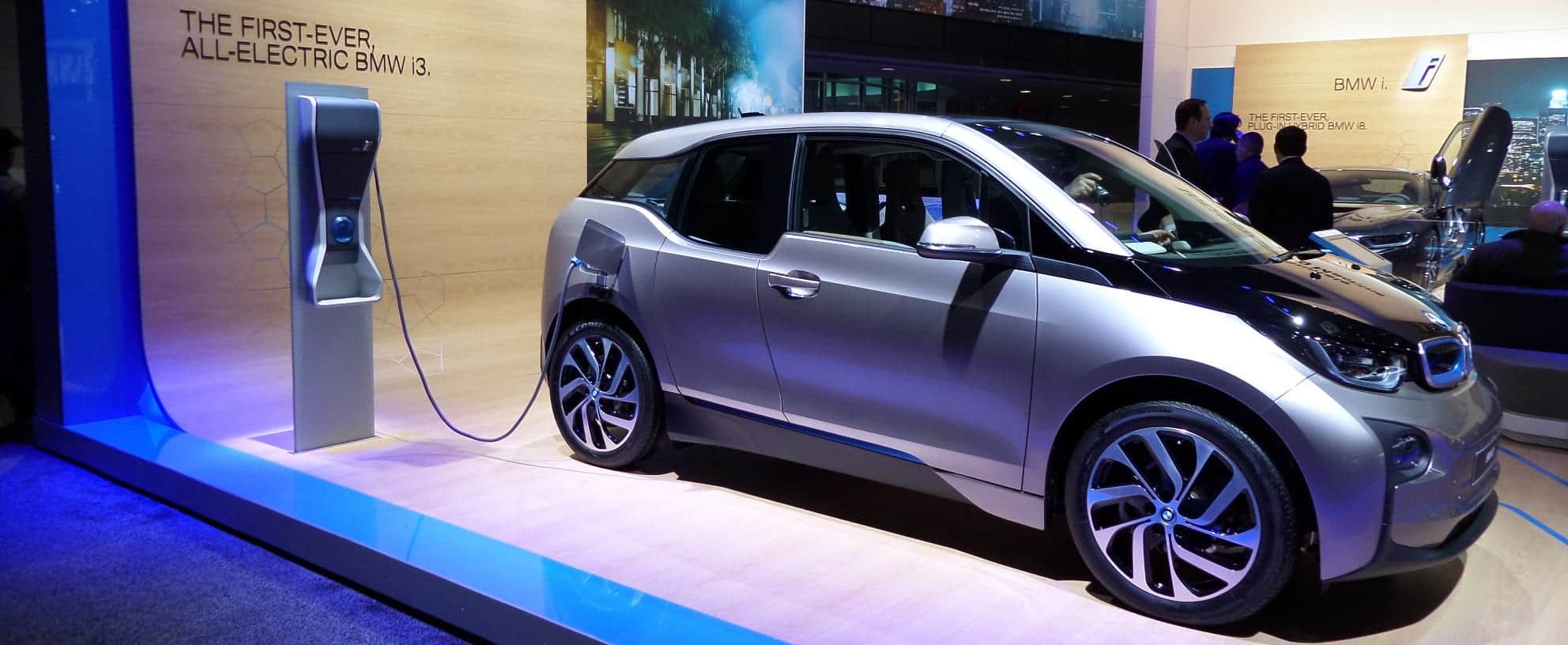In collaboration with Bosch and Vattenfall, BMW will repurpose electric vehicle batteries for use as grid energy storage for a project called Second Life Batteries. By ‘repurposing’, I meant that they will test the batteries and then reassemble them for use as grid energy storage. They will start by testing this on the BMW Active-E batteries. EV batteries are particularly useful as grid energy storage for two key reasons: They have a high capacity, and they still have most of that capacity after they have been discarded.

Image Credit: Kompulsa / Nicholas Brown.
If the use of discarded batteries for grid energy storage became mainstream, it could enable power station operators to keep the power on while maintaining coal power plants without wasting copious amounts of energy, and it would also enable the world to obtain a larger fraction of their energy from solar and wind power plants because they could simply store extra solar/wind power and use that during cloudy or stagnant periods. This beats throwing the batteries in the garbage, and recycling!
The Importance Of Grid Energy Storage, Which Was Always Needed
Some researchers say that energy storage wasn’t needed until now because gas backup has been working all this time, but the world always needed to reduce emissions, so from an environmentally conscious perspective: The use of gas backup was never quite ideal.
Most of the world has been relying on fossil fuels to generate electricity from day one, and it may appear that the electricity grid just needs energy storage now due to the introduction of variable renewable energy sources such as solar and wind power. This misconception may be due to the fact that the dominant fossil-fuelled plants — Coal, gasoline, diesel, nuclear, and natural gas, are capable of running consistently all day, unlike solar power plants. The truth is, these power stations are hardly controllable.
They operate inefficiently if throttled down much, and those which require on the archaic steam technology (coal, nuclear, and some natural gas plants) take hours to start (sometimes 3 hours). This entails having other power plants running (wasting a massive amount of fuel) all the time just in case these plants break down). Power plant operators have been engaging in this wasteful practice over the past century, while the coal industry airs ads claiming that coal ‘keeps the lights on’, unlike wind power. They can’t really do that without gas backup.
Solar power plants and wind farms can use these same backup plants to compensate for shortfalls in generation capacity caused by cloudy weather and low wind speeds. In addition to that, solar and wind power plants can be distributed over a wider area (for example: on rooftops) so that when one or two wind turbines or solar panels fail, only a fraction of overall generation capacity is lost. This applies even to centralized wind farms and solar power plants. They consist of many solar panels and wind turbines.
At any given moment, only a small fraction of them will fail. The failure of one solar panel (250 watts) would disrupt only one home’s power supply, this is one of the reasons that distributed energy technology is valuable. Nuclear and fossil-fuelled power plants are the most centralized. One nuclear power plant meltdown could leave over 300,000 homes without power (assuming it is 1 GW, and nuclear power plants are usually more than 0.5 GW, often multiple gigawatts).
Source: Gas 2.






